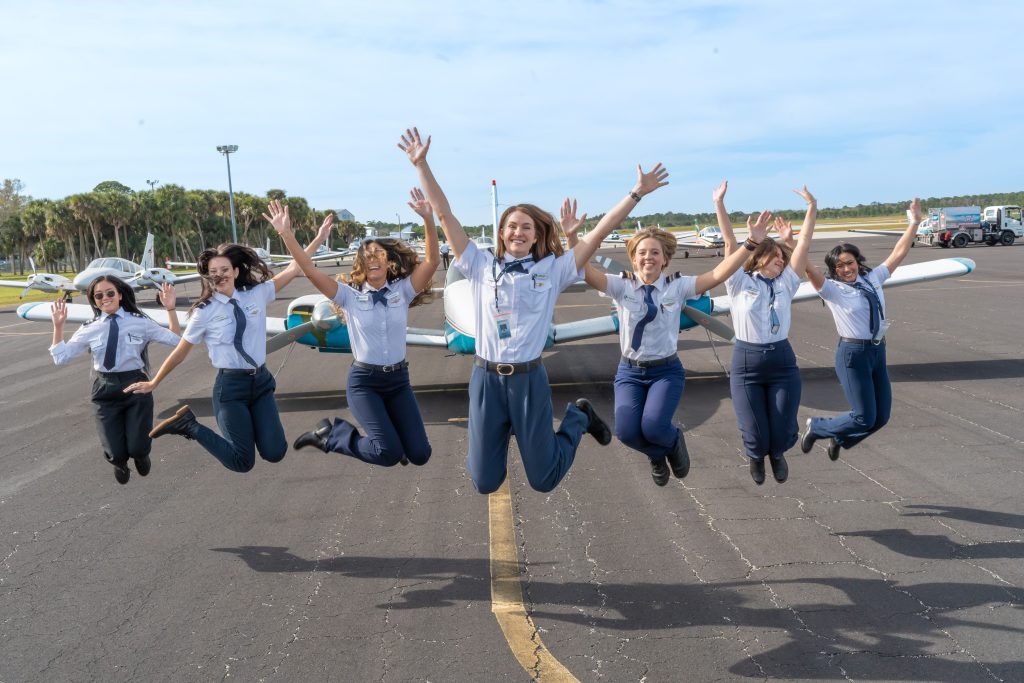Pilots spend hours confined to narrow cockpits, managing complex instruments, communicating with air traffic control, and making split‑second decisions. Physical health isn’t just a bonus—it’s a critical component of safe, effective flying. From ensuring clear cognitive function to preventing musculoskeletal fatigue, a well‑rounded fitness routine underpins every successful flight. Let’s dive in to the ‘why’s’ and ‘how’s’ of physical fitness for aviation.
Why Physical Fitness for Aviation Matters
Cardiovascular exercise supports healthy blood flow to the brain, boosting attention span and reaction time—qualities essential when monitoring multiple gauges and responding to changing weather. Endurance work also helps combat the unique fatigue pilots face: early‑morning departures, irregular rest schedules, and extended cross‑country legs. By building a resilient aerobic base, pilots can recover more quickly between flights and maintain steady mental performance throughout duty periods.
Strength training, meanwhile, reinforces the core, shoulders, and back—muscle groups under constant strain as pilots manipulate yokes, throttles, and control surfaces. Functional movements, such as loaded carries or compound lifts, enhance the stability needed for precise stick inputs and reduce the risk of repetitive‑strain injuries. A robust musculoskeletal system also prepares pilots for unanticipated emergencies, where they may need to crawl, climb, or assist with evacuation procedures.
Flexibility and mobility exercises keep joints supple and posture aligned. Simple routines—like thoracic rotations, hip‑flexor stretches, and neck mobilizations—mitigate the stiffness that accumulates from hours hunched over the instrument panel. Improved range of motion in the shoulders and spine not only eases pre‑flight rigging and cockpit entry but also helps maintain comfort during long-haul hops.
Finally, stress‑management techniques such as controlled breathing and mindfulness play a subtle yet powerful role in flight readiness. Breathing drills (for example, box breathing) calm the nervous system, sharpening situational awareness during high‑pressure scenarios. Likewise, brief meditation or visualization practices can reinforce focus, reduce anxiety before challenging approaches, and support mental endurance when flights extend beyond scheduled hours.
Aviation Medical Standards & Disqualifying Conditions
In addition to the importance of general physical fitness for aviation, there are also some medical baseline requirements for pilots. To operate legally in U.S. airspace, all pilots under FAA Part 61/91 must hold at least a third‑class medical certificate; commercial and airline transport pilots require second‑ and first‑class certificates, respectively. Examinations screen for key health parameters:
- Vision: Must achieve 20/40 distant and near vision (with or without correction) and adequately distinguish signal lights.
- Hearing: Ability to perceive standard conversational speech, ensuring clear radio communications.
- Cardiovascular Health: No recent history of heart attacks, unstable angina, or serious coronary disease. Well‑controlled hypertension may qualify for special issuance.
- Neurological & Psychiatric: No seizure disorders, unexplained loss of consciousness, severe mental‑health conditions, or recent substance‑use disorders.
Certain conditions—such as insulin‑dependent diabetes or severe color‑vision deficiencies—typically disqualify applicants for higher‑class medicals, though special‑issuance pathways exist for those who can demonstrate stable management and regular monitoring. Pilots should stay proactive about routine check‑ups, keeping documentation current to avoid unexpected grounding.
Integrating Fitness into a Pilot’s Lifestyle
Rather than prescribing a rigid workout schedule, effective physical fitness for aviation emphasizes variety and adaptability. Aerobic activities—running, cycling, swimming, or rowing—boost cardiovascular capacity and aid in managing fatigue during long duty days. Incorporating interval sessions (alternating higher‑intensity bursts with active recovery) can efficiently simulate the stop‑start demands of read‑brief‑fly cycles.
Strength work should prioritize multi‑joint, functional movements. Exercises like squats, deadlifts, presses, and carries train the body in integrated patterns, mirroring real‑world cockpit tasks. A focus on core stability—through planks, Pallof presses, or anti‑rotation drills—helps maintain posture under G‑forces and reduces lower‑back strain during busy flight schedules.
Mobility maintenance serves as an “insurance policy” against discomfort. Short, targeted stretches for the hips, thoracic spine, and shoulders can be woven into pre‑flight checks or post‑flight cooldowns. Even brief moments—such as seated rotations while taxiing or neck releases between flight legs—make a cumulative difference in comfort and injury prevention.
Mental‑fitness practices also deserve a regular slot. Five minutes of paced breathing before takeoff can prime calm, while visualization of approaches or emergency procedures reinforces confidence under pressure. Over time, these small rituals build a resilient mindset that complements physical preparedness.

Piloting is as much a physical endeavor as an intellectual one. By blending cardiovascular endurance, functional strength, mobility work, and stress‑management techniques, you cultivate the resilience and sharpness required for every phase of flight. Commit to your fitness on the ground, and you’ll feel the benefits at altitude—safer, more alert, and ready for whatever the sky presents.

